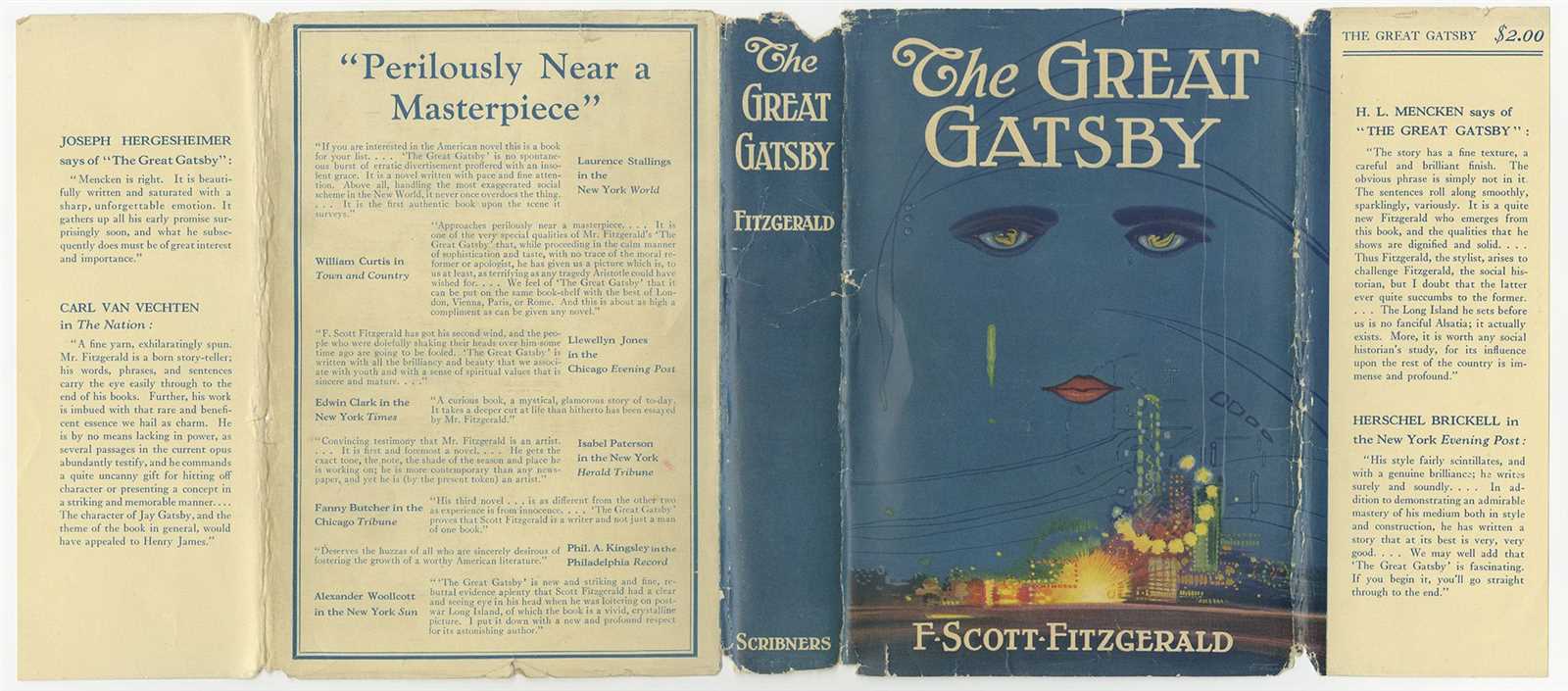
For those preparing for assessments on one of the most iconic literary works, it’s essential to grasp key elements that contribute to its depth. By focusing on character dynamics, symbolism, and thematic development, you can build a solid foundation for analyzing the text. This approach will ensure a comprehensive understanding of its core aspects and prepare you for any examination.
Examining character motivations and their interactions is crucial to understanding the complex layers within this literary piece. Pay attention to how each individual’s actions reflect the broader social context of the story, and how these elements contribute to the overall message.
Additionally, a deep dive into symbolism can reveal hidden meanings behind the narrative. Objects, locations, and events throughout the story hold significance that enhances the reader’s comprehension of the underlying themes. This focus on detail will give you a more complete perspective on the work.
Understanding Key Themes in The Great Gatsby
Throughout this literary masterpiece, several central themes intertwine to create a compelling narrative. These themes are not only essential to the storyline but also serve as a mirror reflecting the complexities of human desires and societal structures. Exploring these recurring ideas will enhance comprehension and offer deeper insights into the characters’ motivations and the author’s intent.
Dreams and Disillusionment
A dominant theme in the work is the pursuit of dreams, often symbolized by the protagonist’s unyielding quest for an idealized version of reality. However, this pursuit is ultimately marked by disillusionment, exposing the contrast between aspiration and the harsh realities of life. The tension between these two forces shapes much of the conflict within the narrative.
Class and Social Status
Another prominent theme revolves around the notion of class and its influence on relationships and opportunities. The work delves into the disparities between old-money elites and the nouveau riche, shedding light on how social status determines an individual’s place within society. This theme invites readers to critically examine the nature of wealth and its role in shaping characters’ fates.
Character Analysis and Their Roles
In this literary work, the characters are essential for conveying the complex themes of ambition, love, and social division. Each individual plays a specific role in the unfolding drama, contributing to the exploration of societal norms and personal desires. By understanding their motivations and relationships, readers can gain a clearer perspective on the message behind the story.
Nick Carraway: The Observer
As the narrator, Nick serves as both an observer and a participant in the events that unfold. His perspective provides valuable insight into the lives of others, yet his neutrality often leaves him questioning his own beliefs and values. Nick’s role as a bridge between the different social classes allows readers to view the story from a unique angle, blending personal reflection with external observation.
Jay Gatsby: The Dreamer
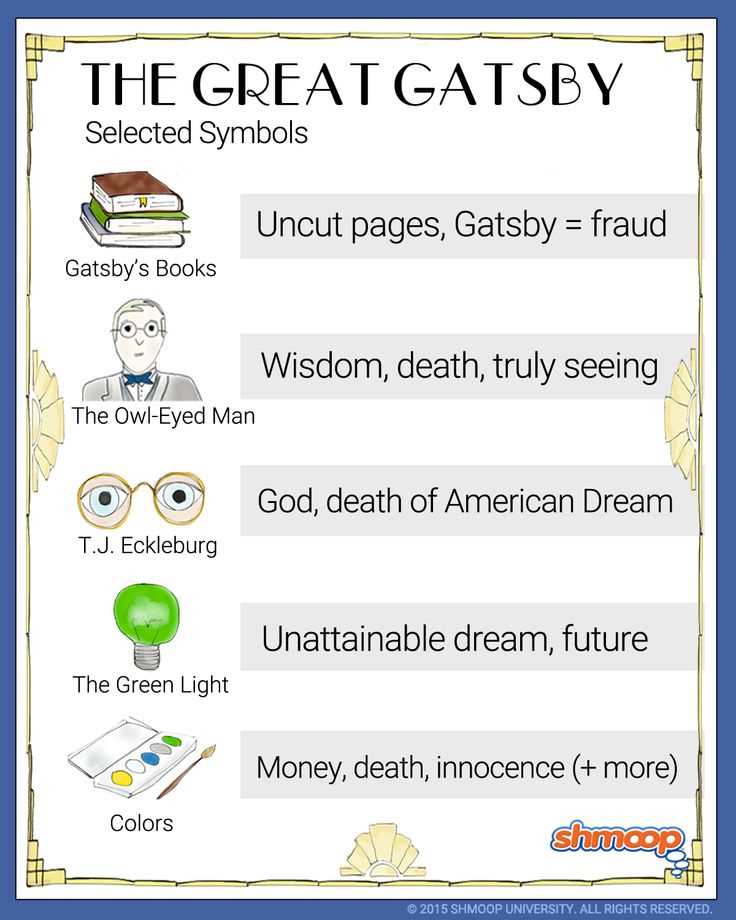
Jay embodies the theme of aspiration, tirelessly pursuing an idealized version of life and love. His relentless dedication to his dream ultimately leads to his downfall, revealing the dangers of unattainable desires. Gatsby’s role in the narrative is central, symbolizing the lengths individuals will go to in order to reshape their realities and attain what they believe is within reach.
How to Approach Test Questions
Successfully tackling questions related to this literary work requires a strategic approach. Understanding the core concepts, such as character motivations, symbolic meanings, and major plot developments, will greatly assist in answering questions effectively. Familiarity with recurring themes and key events is crucial for providing insightful and well-rounded responses.
| Focus Area | Approach |
|---|---|
| Character Roles | Identify how each character contributes to the central themes and the development of the plot. |
| Plot Development | Understand the key turning points and how they influence the direction of the story. |
| Symbolism | Recognize symbols that enhance the narrative and their deeper meanings within the context of the work. |
| Themes | Analyze major themes and their relevance to both the characters and the social setting. |
By structuring your answers around these areas and using specific examples from the text, you can ensure a comprehensive and accurate response to each question.
Important Quotes and Their Significance
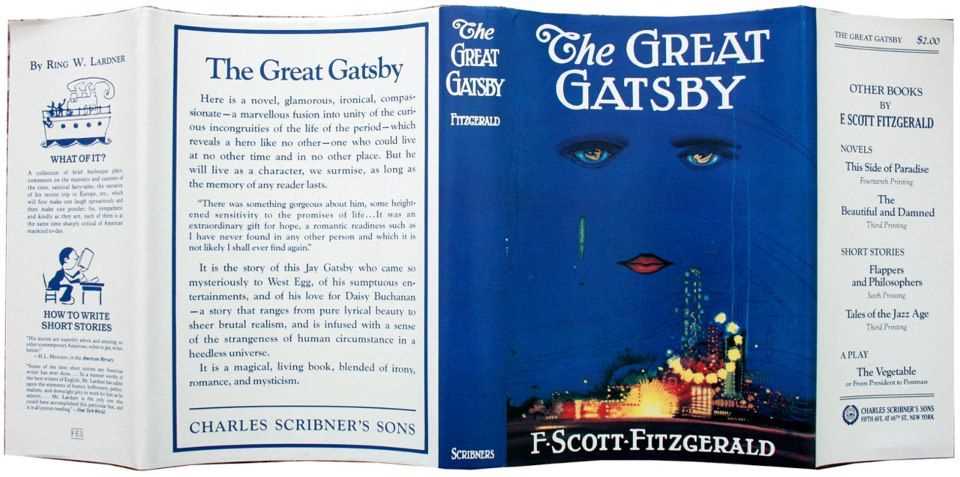
Throughout this literary work, several key lines resonate deeply, reflecting the core themes and emotional undercurrents of the story. These significant quotes encapsulate the characters’ internal struggles, desires, and the social realities they face. Understanding the context and meaning behind these words provides a richer interpretation of the text.
“Gatsby believed in the green light…”
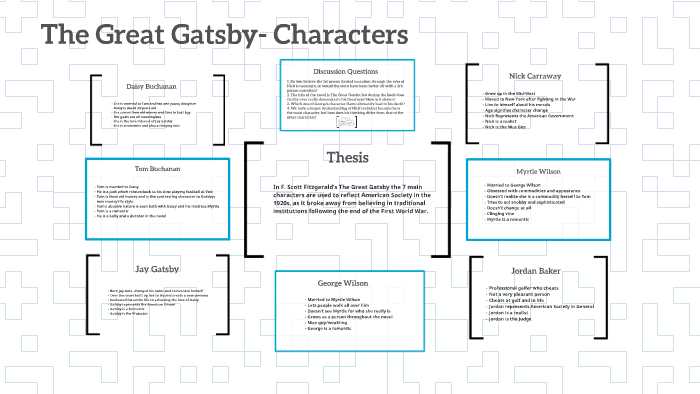
This iconic line highlights the central theme of aspiration and the unattainable dream. It symbolizes the protagonist’s endless pursuit of an ideal future, a vision that ultimately proves to be elusive and hollow. This quote serves as a poignant reminder of the dangers of idealizing the past and chasing dreams that cannot be realized.
“There are only the pursued, the pursuing, the busy, and the tired.”
This statement captures the social dynamics at play throughout the story. It speaks to the relentless drive of individuals who are either striving for something or being sought after, creating a cycle of perpetual motion and dissatisfaction. The quote emphasizes the disparity between those who are actively chasing their dreams and those who are worn down by their struggles.
Symbols and Motifs in The Novel
In any work of fiction, certain symbols and recurring motifs help to deepen the narrative and enhance the thematic development. These elements convey deeper meanings that go beyond the surface-level plot, offering a window into the emotional and psychological states of the characters. By analyzing these symbols, readers can gain a fuller understanding of the underlying messages of the story.
- The Green Light: A symbol of unattainable dreams, representing the protagonist’s relentless pursuit of an idealized future.
- Dr. T.J. Eckleburg’s Eyes: Serving as a symbol of moral decay and the loss of spiritual values in the world, these eyes loom over the narrative, representing a sense of judgment.
- The Valley of Ashes: A stark image of desolation and decay, symbolizing the moral and social decline of the time period.
- The Yellow Car: This object represents wealth, excess, and ultimately, destruction. Its role in key events marks a turning point in the story.
Each of these motifs plays a vital role in shaping the reader’s interpretation of the themes and characters. They act as visual or conceptual cues that reinforce the broader messages of ambition, class, and moral corruption throughout the plot.
Key Plot Points to Remember
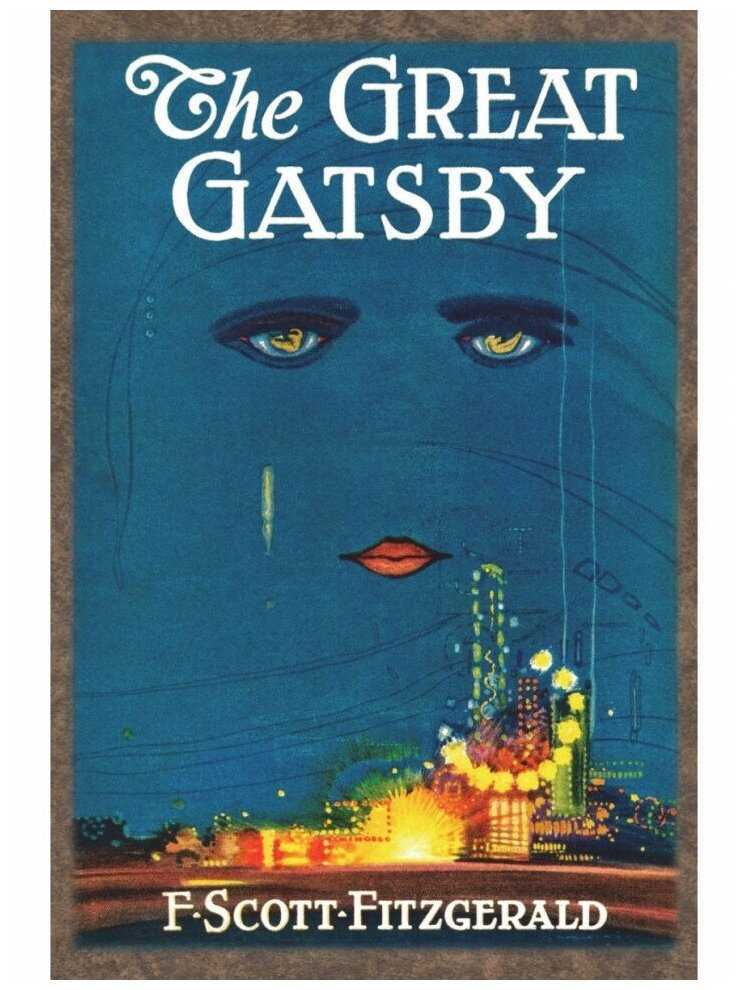
Understanding the major events in this story is essential for grasping its full significance. These pivotal moments serve as turning points that shape the direction of the plot, influencing both the characters’ actions and the unfolding drama. By focusing on these key occurrences, readers can better appreciate the intricate relationships and the thematic elements at play.
- Nick Carraway’s Arrival: The story begins with the narrator’s move to West Egg, setting the stage for his interactions with various characters, including Jay and Daisy.
- Jay Gatsby’s Parties: These extravagant gatherings serve as a backdrop to the main events, illustrating Jay’s desire for recognition and his pursuit of his idealized future.
- Nick’s Growing Disillusionment: As Nick becomes more involved in the lives of others, he starts to recognize the moral emptiness and deception that pervade the social world around him.
- The Tragic Ending: The culmination of events results in tragedy, with a fatal confrontation that marks the collapse of both Jay’s dreams and his personal relationships.
These events are not just critical to the plot but also reflect the broader themes of ambition, social class, and the pursuit of an idealized version of life. Each moment contributes to the ultimate message of the story and its exploration of the American Dream.